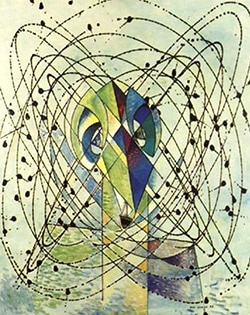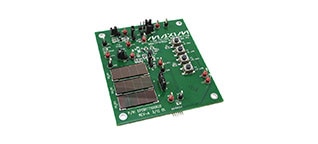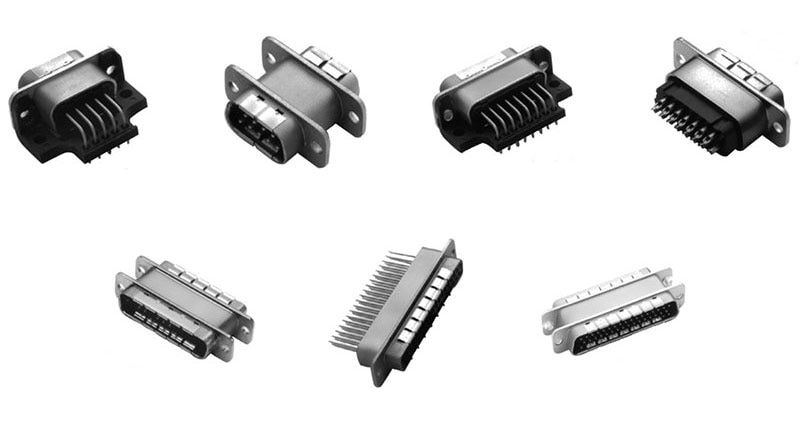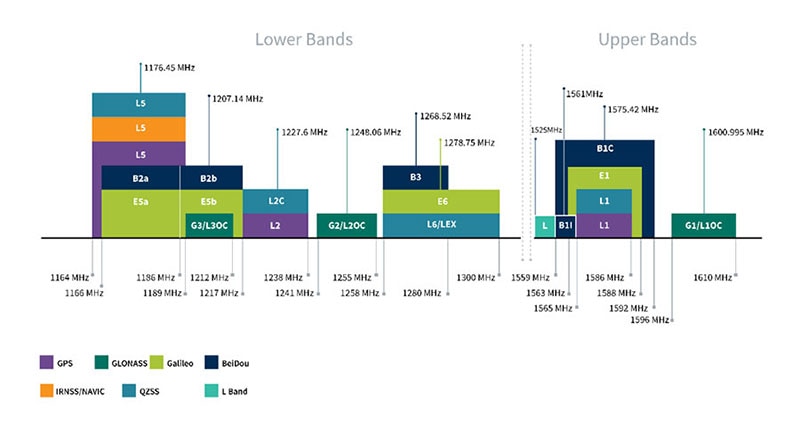Power Distribution Architecture Options Give Me a Major Headache
Sometimes we can have too much of a good thing. That’s how I feel when it comes to the basic topic of how to structure the creation and distribution of the many DC rails needed by a typical system or even a high-function IC. Please note: this is not the same as the also bewildering subject of the many possible DC/DC regulator (converter) architectures, such as SEPIC, PWM, CC/CV, or others.
Typically, the rails may have different nominal values, tolerances, and current requirements. Determining the “best” way to provide them while meeting demands on overall efficiency, total footprint, flexibility in siting, and cost can be a problem. Even the simplest case reveals the dilemma: try to provide two DC rails, one at 1.2 volts and one at 3.3 volts, using a 24 volt DC source. You could use an intermediate bus converter (IBC) such as the TDK-Lambda IQL24021A120V-009-R to drop the 24 volts DC down to 12 volts DC, then have local 12 volt/3 volt and 12 volt/1.2 volt regulators (Figure 1). A good example is the Linear Technology/Analog Devices LTM8054IY. Or is it better to go directly from the 24 volt DC bus down to the end rail voltages (Figure 2)?
 Figure 1: One obvious approach to producing the 1.2 and 3.3 volt rails from a 24 volt source is to use an intermediate bus converter, followed by individual local regulators. (Image source: Bill Schweber)
Figure 1: One obvious approach to producing the 1.2 and 3.3 volt rails from a 24 volt source is to use an intermediate bus converter, followed by individual local regulators. (Image source: Bill Schweber)
 Figure 2: Another possible potion is to go directly from the 24 V source down to the final rail voltages, using suitable regulators. (Image source: Bill Schweber)
Figure 2: Another possible potion is to go directly from the 24 V source down to the final rail voltages, using suitable regulators. (Image source: Bill Schweber)
It gets more complicated: what if one of the rails needs to be distributed to multiple ICs located across a printed circuit board? Longer DC runs may be susceptible to poor regulation, oscillation, IR drop, and noise pickup. Maybe it would be better to go with several small, local regulators (Figure 3). What about considering using single output versus multiple output units? It all gets overwhelming pretty quickly!
 Figure 3: If one of the final rails must support physically separated ICs, it may be better to take the 24 or 12 volt DC rail and then use many smaller regulators, in a highly distributed, localized approach. (Image source: Bill Schweber)
Figure 3: If one of the final rails must support physically separated ICs, it may be better to take the 24 or 12 volt DC rail and then use many smaller regulators, in a highly distributed, localized approach. (Image source: Bill Schweber)
So, what do you do?
The complicated reality is that many factors affect defining the system level supply distribution map; some can be assessed by hard numbers while others are less conducive to hard analysis:
- The source DC voltage, of course
- The specific rails needed, with their voltages, currents, tolerances, transient performance, and other parameters
- Pros and cons of a more centralized approach versus a highly distributed one with many smaller regulators
- Aggregate footprint of all the regulators—and where they can be located.
- Efficiency, both in the aggregate, as well as localized
- System fault tolerance and performance if a single regulator fails
But there’s the deeper source of engineering frustration: EDA tools can help, but really can’t handle the multidimensional and somewhat fuzzy nature of the problem. As a result, many engineers revert to spreadsheets which attempt to organize the hard and soft answers for each possible option. Efficiency, for example, can be quantified, while noise performance and layout flexibility can only be marked with a “low/medium/high” tag.
Even when this spreadsheet is done, the decision on which architecture is “best” is difficult. It’s a dilemma we face in many decisions, where “best” can only be defined with respect to priorities. A low-end consumer product might put cost as #1 by a wide margin, while an aerospace design might put efficiency and weight as top concerns.
All these options mixed with multiple priorities gives the design team serious headaches. In the end, much of the decision comes down to engineering experience and soft analysis of the tradeoffs.
The challenge doesn’t stop there, and often continues to the design review. The team brings charts, analysis, and rationales to explain options considered, and finally calls out the one (or several) approaches they feel are most appropriate. Then, inevitably, one of the meeting attendees pipes up and chirps, “Umm, didn’t you consider this other possible approach such as XYZ?” Since there are a nearly infinite number of possibilities, of course there’s another one which was not considered but which can be asked about, thus making the questioner looked oh-so-thoughtful and insightful!
The entire issue of architecting, assessing, and recommending a “best” power distribution scheme can be so multidimensional and overwhelming that it can make the designer feel like this fellow (Figure 4).
 Figure 4: The enormous number of permutations for a power distribution architecture along with the many conflicting priorities, can make a design engineer feel like this fellow depicted by Max Ernst in his work, “Young Man Puzzled by the Flight of a non-Euclidean Fly” (Image source: Pinterest)
Figure 4: The enormous number of permutations for a power distribution architecture along with the many conflicting priorities, can make a design engineer feel like this fellow depicted by Max Ernst in his work, “Young Man Puzzled by the Flight of a non-Euclidean Fly” (Image source: Pinterest)
Still, the most critical point to remember that there is no such thing as an “optimum” solution until you first answer two related questions: “Optimized with respect to which factor(s)?”, and “How much is that “optimum” worth to you, anyway?”

Have questions or comments? Continue the conversation on TechForum, DigiKey's online community and technical resource.
Visit TechForum









